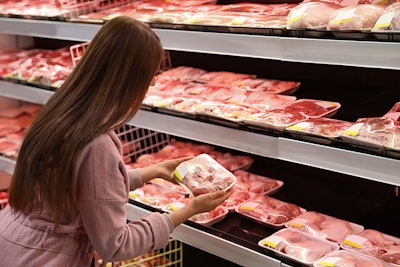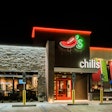
In reaction to inflation driving up retail costs, consumers are increasingly switching to chicken and other poultry meat, Melissa Rodriguez, principal, Client Insights, IRI, explained during “Consumers and Their Expectations: How to Meet Their Evolving Needs.”
“Consumers are eating more chicken more often,” she said. “But more people are buying less name brand, less organic and fewer expensive cuts to offset the changing costs.”
Shoppers are changing their behaviors as concerns about inflation and rising costs continue to grow. They eat more at home, are less likely to treat themselves to premium products and are on the lookout for deals. In addition, Generation Z is having a larger impact on purchasing decisions.
Consumers are eating more chicken
To an extent, these factors result in more consumers trading down to chicken and other poultry products from more expensive meats, like beef. Consumers view chicken as a healthy choice that is versatile and provides the best value for the price.
Shoppers are also looking to maximize the use of all the new cooking gadgets, like air fryers and grills, and skills that became popular during COVID-19. Popular social media trends propelled new-to-them recipes for roast chicken, stews and other meals that featured chicken as the protein at the center of the plate into the forefront of consumer activities.
More than 99% of consumers say they eat meals made with fresh chicken at least once a month, up from 96% in 2021, according to IRI data. And 86% of respondents indicated that they eat fresh chicken more than once a week.
Additionally, 87% say they purchase more or the same amount of fresh chicken compared to a year ago.
How to maintain chickens’ popularity
To maintain the surge of interest in chicken, chicken marketers can add value by clearly and concisely communicating about the sustainability benefits of their product, Rodriguez said.
To reach all of the consumers concerned with sustainability, use simple language to show improvements in animal welfare, packaging waste, carbon footprint and more, she added.
Sustainability has become a broader term in recent years. To many, it now means more than just the environmental impact of a product. Each generation also has a different way of defining sustainability, but they all identify it as an important purchasing factor.


















